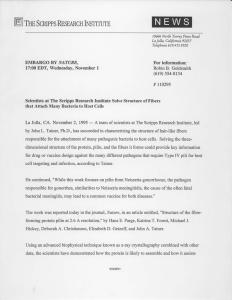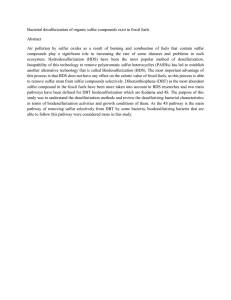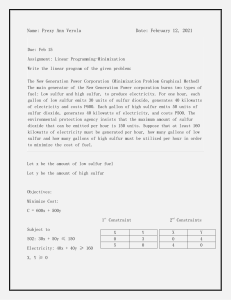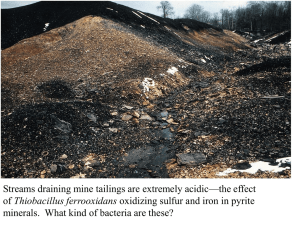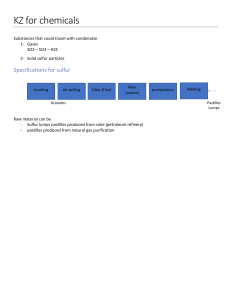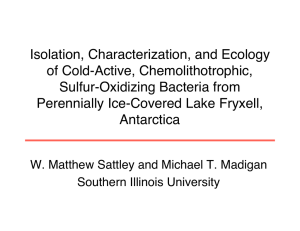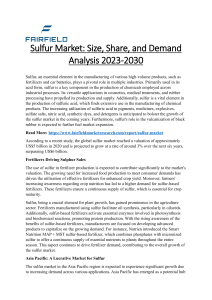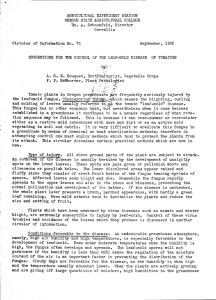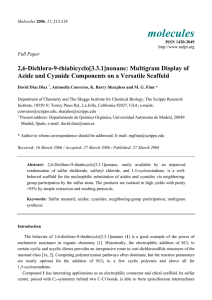@ rHn ScnppsRassARcu Ixsnrurn
advertisement
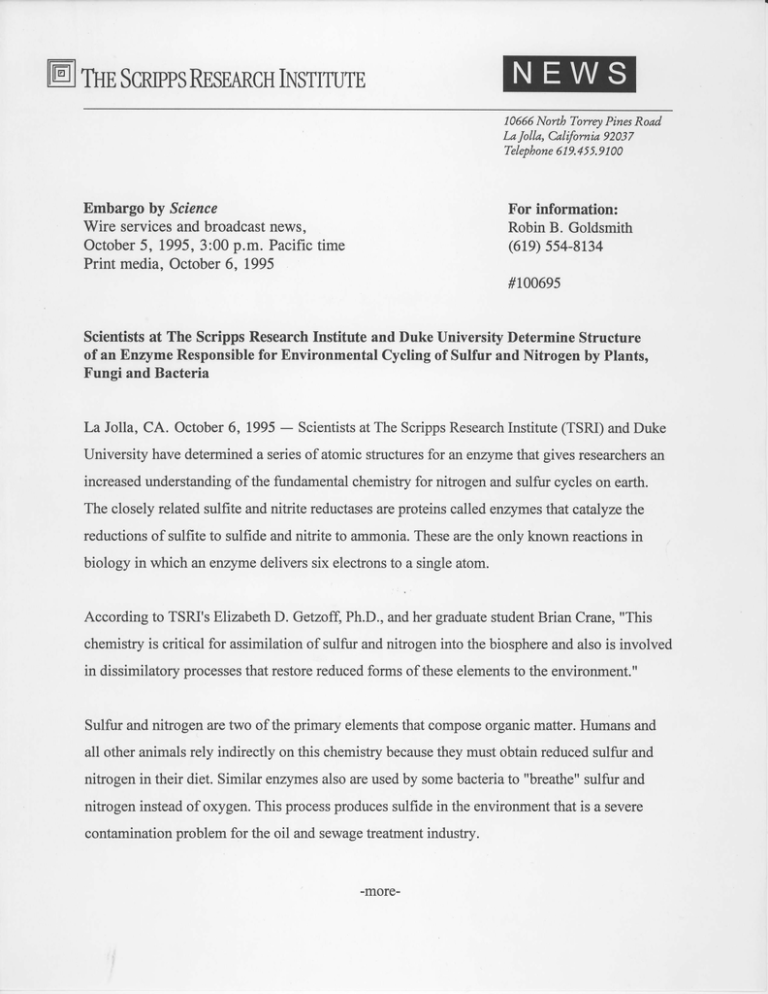
@ rHnScnppsRassARcu Ixsnrurn 10666North Tonqt PinesRoad. LaJolla,Califtmia 92037 Telepbone 619.455.9100 Embargo by Science Wire servicesand broadcastnews, October5, 1995,3:00p.m. Pacifictime Print media, October 6, 1995 For information: Robin B. Goldsmith (619)554-8134 #100695 Scientistsat The Scripps ResearchInstitute and Duke University DetermineStructure of an Enryme Responsiblefor EnvironmentalCyclingof Sulfur and Nitrogenby Plants, F'ungiand Bacteria La Jolla, CA. October6, t995 - Scientistsat The ScrippsResearch Institute(TSRI) andDuke Universityhavedetermineda seriesof atomicstructuresfor an enzymethat givesresearchers an increasedunderstanding of the fundamentalchemistryfor nitrogenandsulfur cycleson earth. The closelyrelatedsulfiteandnitrite reductases areproteinscalledenzymesthat catalyzethe reductionsof sulfiteto sulfideandnitrite to ammonia.Thesearethe only knownreactionsin biology in which an enzymedeliverssix electronsto a singleatom. Accordingto TSRI'sElizabethD. Getzoff,Ph.D.,andher graduatestudentBrian Crane,"This chemistryis critical for assimilationof sulfurandnitrogeninto the biosphereandalsois involved in dissimilatoryprocesses that restorereducedformsof theseelementsto the environment." Sulfur andnitrogenaretwo of theprimaryelementsthat composeorganicmatter.Humansand all otheranimalsrely indirectlyon this chemistrybecause they mustobtainreducedsulfur and nitrogenin their diet. Similarenzymesalsoareusedby somebacteriato "breathe"sulfur and nitrogeninsteadof oxygen.This processproducessulfidein the environmentthat is a severe contaminationproblemfor the oil andsewagetreatmentindustry. -more- Page2-- TSRI/Duke University ScientistsDetermineStructure of an Enryme Responsiblefor Environmental Cycling of Sulfur and Nitrogen Scientistsbelievethat the sulfitereductionis likely the remnantof ancientmetabolicprocesses that allowedearlybacteriato generateenergyfrom sulfur,a billion yearsbeforesignificant amountsof oxygenexistedon the planet.Biologicalreductionof oxidizedsulfurwasoneof the first contributionsof living organismsto the complexcyclingof elementson earth. The work waspublishedin the October6 issueof Sciencemagazinein an articleentitled, "Sulfite ReductaseStructureatl.6 A: EvolutionandCatalysisfor Reductionof Inorganic Anions,"by Brian R. Crane,Lewis M. Siegel,Ph.D.,andElizabethD. Getzoff,Ph.D. To understandhow theseenzymescan catalyzereactionsthat areotherwiseunfavorableat ambienttemperaturesandpressures,Craneand Getzoffhavedeterminedthe shapeand structure of bacterialsulfitereductase hemoprotein(SiRHP)at the level of atomicdetail;in complexwith an inhibitor andits substratesulfite.Thehomologybetweenthe two symmetrichalvesof SiRHP hasrevealedpatternsof amino acidsthat arekey to determiningthe protein'sform and function. Getzoffcommented,"We havefoundtracesof thesepatternsin the genesthat codefor other proteins,suggestingthat this may be a commonmotif usedby enzymesthat performother oxidativeor reductivechemistryin virtually all living organisms,includingman.Thus,sulfite reductaseseemsto be a progenitormoleculeandsomeof its featureshavebeenmaintainedand adaptedthroughoutthe diversityof life." The techniqueof x-ray crystallographywasusedto determinethe structureof SiRHP.In this procedure,x-raysgenerated projected by a largeenergystoragering-called a synchrotron--are through crystalsof pure proteinto createa distinctivepatternthat canbe analyzedwith the help of high-poweredcomputersto measurethe exactpositionof eachatom. ###
